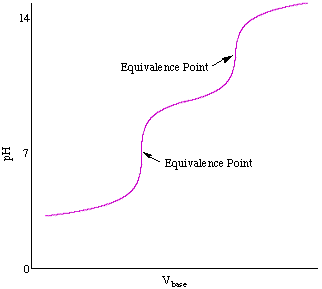Please wait while we process your payment
If you don't see it, please check your spam folder. Sometimes it can end up there.
If you don't see it, please check your spam folder. Sometimes it can end up there.
Please wait while we process your payment

By signing up you agree to our terms and privacy policy.
Don’t have an account? Subscribe now
Create Your Account
Sign up for your FREE 7-day trial
By signing up you agree to our terms and privacy policy.
Already have an account? Log in
Your Email
Choose Your Plan
Individual
Group Discount
Save over 50% with a SparkNotes PLUS Annual Plan!
 payment page
payment page
Purchasing SparkNotes PLUS for a group?
Get Annual Plans at a discount when you buy 2 or more!
Price
$24.99 $18.74 /subscription + tax
Subtotal $37.48 + tax
Save 25% on 2-49 accounts
Save 30% on 50-99 accounts
Want 100 or more? Contact us for a customized plan.
 payment page
payment page
Your Plan
Payment Details
Payment Summary
SparkNotes Plus
You'll be billed after your free trial ends.
7-Day Free Trial
Not Applicable
Renews July 21, 2025 July 14, 2025
Discounts (applied to next billing)
DUE NOW
US $0.00
SNPLUSROCKS20 | 20% Discount
This is not a valid promo code.
Discount Code (one code per order)
SparkNotes PLUS Annual Plan - Group Discount
Qty: 00
SparkNotes Plus subscription is $4.99/month or $24.99/year as selected above. The free trial period is the first 7 days of your subscription. TO CANCEL YOUR SUBSCRIPTION AND AVOID BEING CHARGED, YOU MUST CANCEL BEFORE THE END OF THE FREE TRIAL PERIOD. You may cancel your subscription on your Subscription and Billing page or contact Customer Support at custserv@bn.com. Your subscription will continue automatically once the free trial period is over. Free trial is available to new customers only.
Choose Your Plan
This site is protected by reCAPTCHA and the Google Privacy Policy and Terms of Service apply.
For the next 7 days, you'll have access to awesome PLUS stuff like AP English test prep, No Fear Shakespeare translations and audio, a note-taking tool, personalized dashboard, & much more!
You’ve successfully purchased a group discount. Your group members can use the joining link below to redeem their group membership. You'll also receive an email with the link.
Members will be prompted to log in or create an account to redeem their group membership.
Thanks for creating a SparkNotes account! Continue to start your free trial.
We're sorry, we could not create your account. SparkNotes PLUS is not available in your country. See what countries we’re in.
There was an error creating your account. Please check your payment details and try again.
Please wait while we process your payment

Your PLUS subscription has expired
Please wait while we process your payment
Please wait while we process your payment

Acid-Base Titrations
However, if a strong base is used to titrate a weak acid, the pH at the equivalence point will not be 7. There is a lag in reaching the equivalence point, as some of the weak acid is converted to its conjugate base. You should recognize the pair of a weak acid and its conjugate base as a buffer. In , we see the resultant lag that precedes the equivalence point, called the buffering region. In the buffering region, it takes a large amount of NaOH to produce a small change in the pH of the receiving solution.

Because the conjugate base is basic, the pH will be greater than 7 at the equivalence point. You will need to calculate the pH using the Henderson-Hasselbalch equation, and inputting the pKb and concentration of the conjugate base of the weak acid.
The titration of a base with an acid produces a flipped-over version of the titration curve of an acid with a base. pH is decreased upon addition of the acid.
Note that the pH of a solution at the equivalence point has nothing to do with the volume of titrant necessary to reach the equivalence point; it is a property inherent to the composition of the solution. The pH at the equivalence point is calculated in the same manner used to calculate the pH of weak base solutions in Calculating pH's.
When polyprotic acids are titrated with strong bases, there are multiple equivalence points. The titration curve of a polyprotic acid shows an equivalence point for the each protonation:

The titration curve shown above is for a diprotic acid such as H2SO4 and is not unlike two stacked . For a diprotic acid, there are two buffering regions and two equivalence points. This proves the earlier assertion that polyprotic acids lose their protons in a stepwise manner.
Please wait while we process your payment

